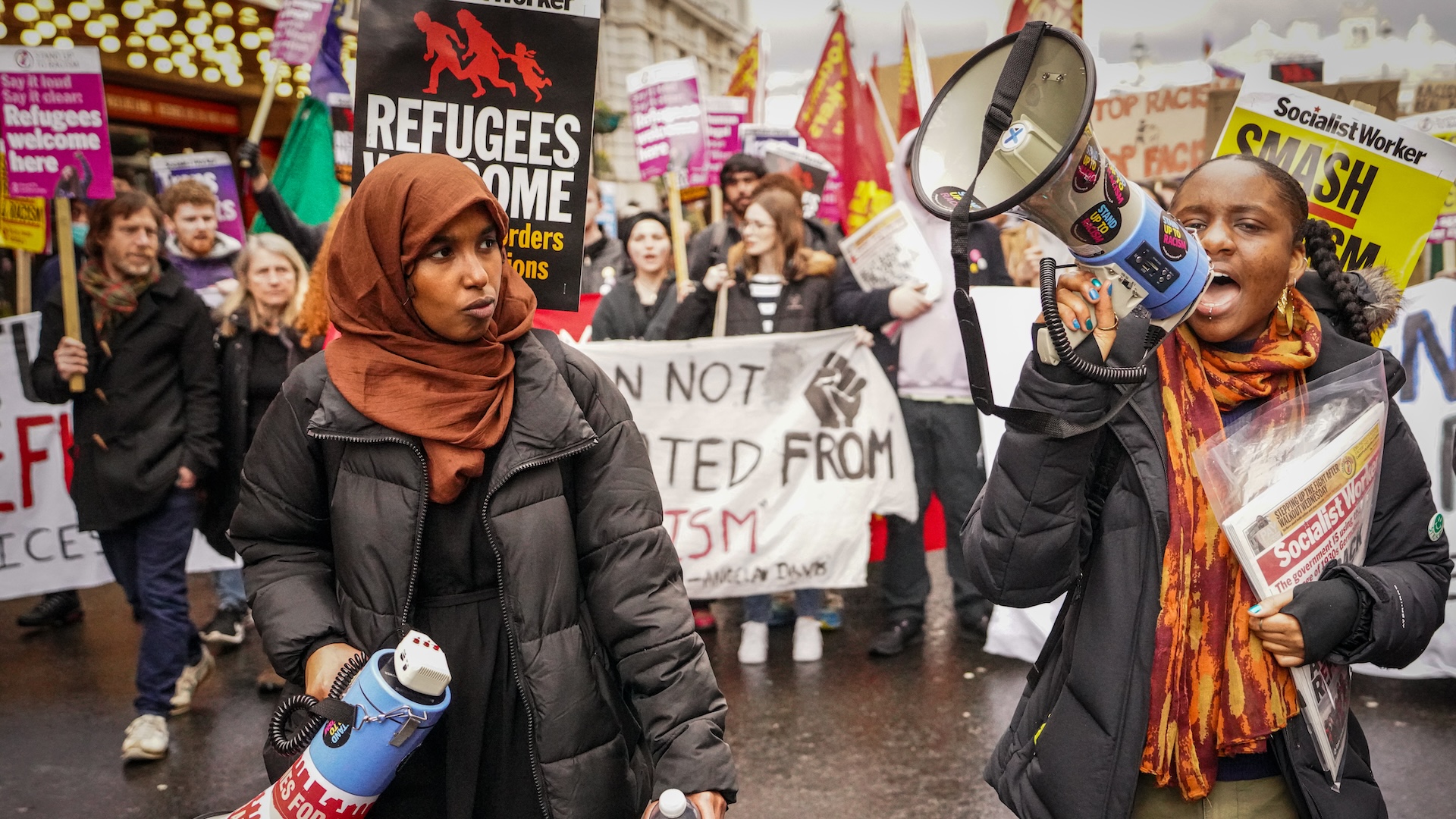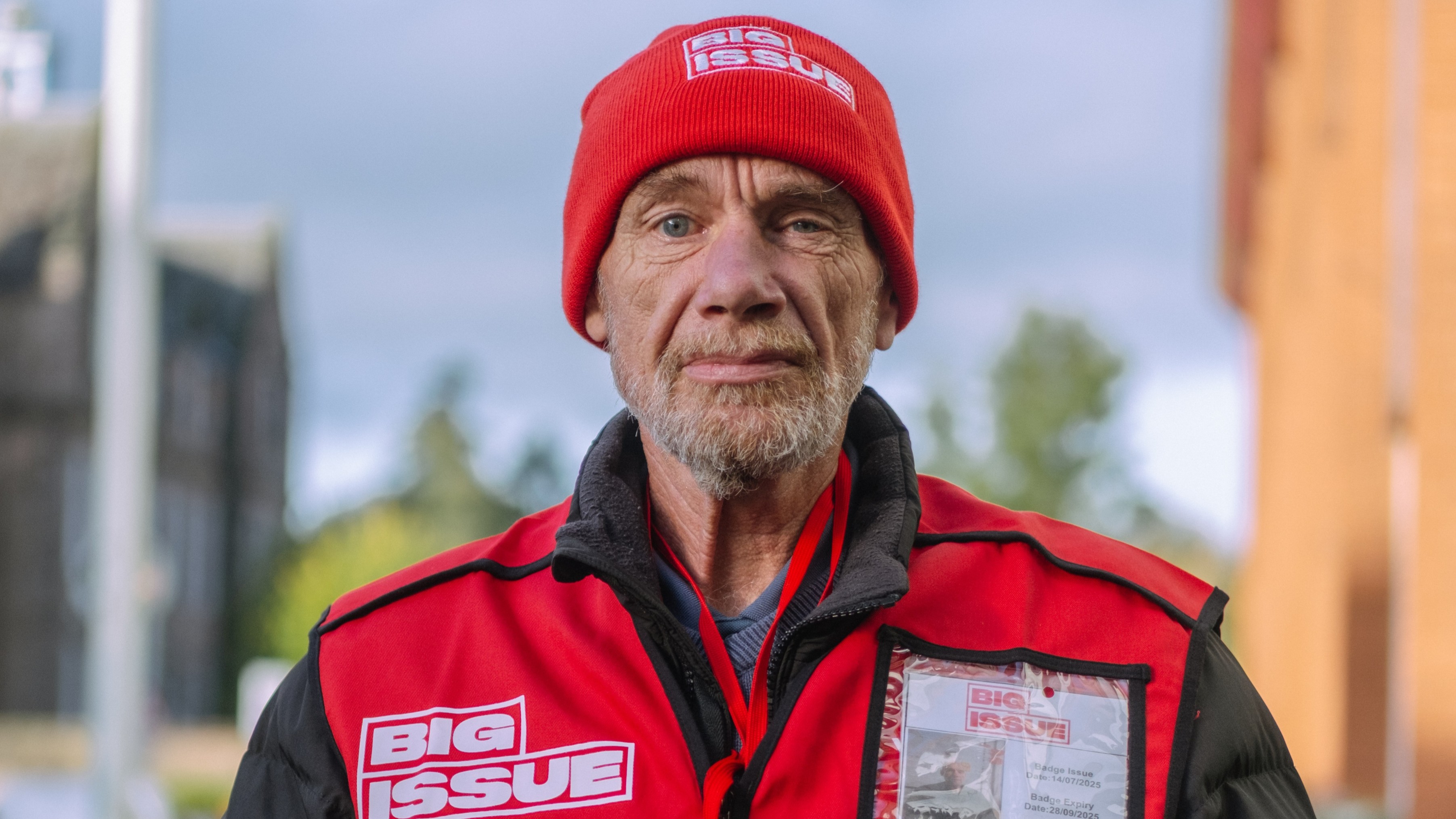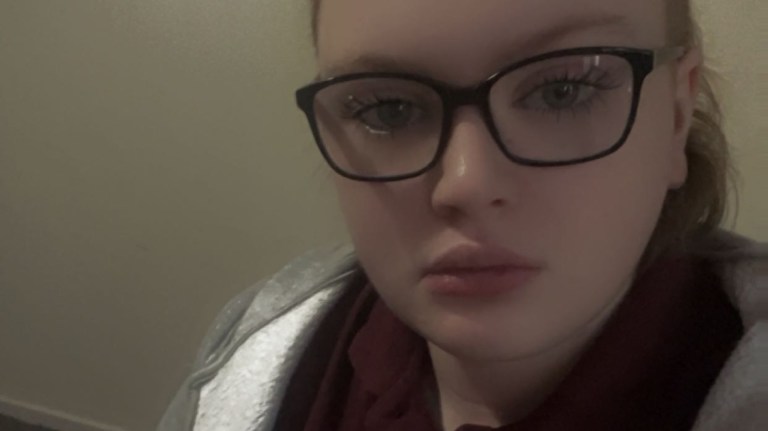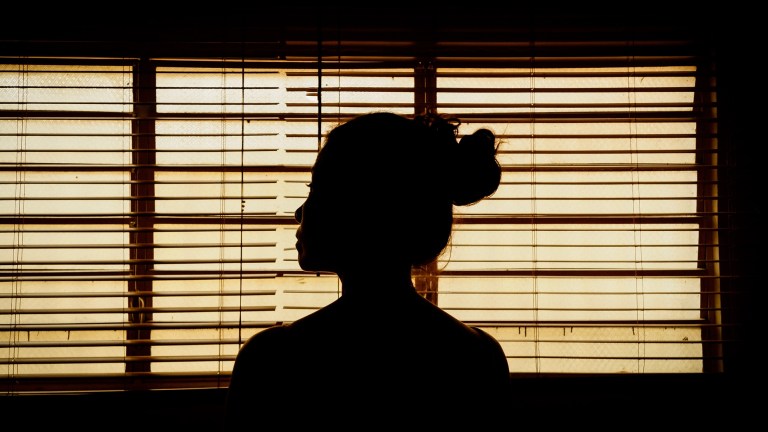Racism in the UK, and the lies of racial hierarchy, have become increasingly blatant and undisguised. Far-right “race riots”, the visceral impact of multiple genocides in Palestine, Sudan and Congo, rising racial violence in schools and on public transport, racist policing, rising race-related homelessness – these realities shape the landscape young people are living in. It is perhaps no surprise then, that Black and brown children are being referred to mental health services at astronomical rates.
What is the impact of this direct and vicarious racial injury on young people? Those seeking to make sense of who they are in the world? Being inundated with dangerous messages, which communicate a central lie – that one is less worthy of life, less deserving of love, safety, care and access to resources – inevitably erodes one’s sense of self, the psyche, body and spirit.
- If we want Britain to be healthier we must address structural racism
- Covid exposed the brutal realities of UK health inequality – has anything really changed?
- Sam Kerr’s arrest highlights the white supremacy, racism and misogyny of British policing
In my work as a psychologist, I have seen the consequences of these lies of racial hierarchy, erroneously labelled as individual anxiety, depression, or other psychiatric diagnoses. Young black boys are four times more likely to be detained under the mental health act, be over-diagnosed with psychosis and “Oppositional Defiant Disorder“, or enter the mental health system via criminal justice pathways. The racial brutalities survived, and subsequent suffering experienced, get pathologised and packaged as some kind of individual mental health problem. A course of therapy or antidepressants, though perhaps well-intended, fails to address the systemic violence that is the root cause of suffering. Such interventions are at risk of being complicit in harm, by locating the problem in individual young people and their families.
Understandable responses to a racist society – such as prolonged states of rage, despair, anguish and anxiety – are often mislabeled as dangerous. This occurs in a society that not only criminalises young people’s emotions, but frames the racialised body itself as a site of threat or aggression. Society punishes these young people in insidious ways – through soaring school exclusion rates, increased police surveillance, criminalisation of drill music, and dehumanising narratives around ‘knife crime’ that obscure the state’s role in creating conditions of poverty, neglect and violence. It is therefore unsurprising, albeit heartbreaking, that for young racialised people, it becomes difficult to develop a healthy relationship with one’s emotional world. Fully inhabiting the sensing body, and experiencing love, not just for oneself, but also for communities that serve as mirrors of one’s identity – comes with profound challenges in this context.
W.E.B. Du Bois, a pioneering sociologist, highlighted the burdensome ‘double consciousness’ that Black and brown people carry in identity formation – the unrelenting weight of seeing oneself through a white gaze. For young people, in the already fragile work of establishing who they are, they are doubly burdened by simultaneously being rendered threatening, irredeemably ‘bad’, deficient, hyper-visible and simultaneously unseen – through an incarcerating white gaze that constricts and distorts.
Black and brown people are twice as likely to be in deep poverty in the UK compared to white people. Racial capitalism can help us understand the interconnectedness of racism and poverty; how racial hierarchies were created to justify and maintain economic inequalities. For young people, the psychological consequences of these intersecting oppressions manifest in ways that go beyond diagnostic labels: chronic helplessness, embodied fear, adultification, an eroded sense of self. The body tells the story, through an overworked nervous system, and a hypervigilance that is not mental illness or paranoia, but a necessary survival tactic. Of course, pain time-travels and is transmitted through bloodlines. The wounds of surviving poverty, alongside intergenerational injuries such as the Windrush scandal, don’t linger in the past. They make themselves known in the bodies and minds of its descendants, just as the racist violences of today will imprint itself onto generations to come.





